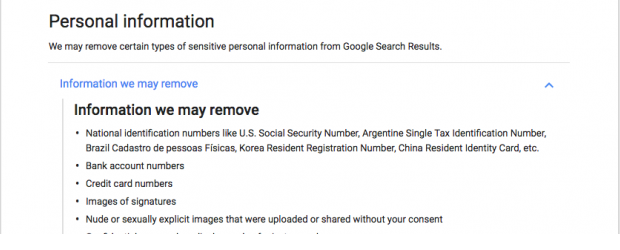Although the virtual SIM or eSIM has many advantages over the traditional SIM card, its use has not yet been extended to our terminals, and according to the latest data offered by IHS Market will not reach our mobiles until 2018.
It is a technology with a lot of potential to facilitate the connection to the mobile networks but, although it was introduced there in 2013, its implementation has been delayed due to the lack of a set of specifications suitable for the consumer. At present there are very few devices that incorporate it, for example some variants of the iPad Pro or the smartwatch Samsung Gear S2.
The GSMA, an international organization that brings together telecom operators and manufacturers around the world, has been working for years to include the virtual SIM in our devices, and finally in 2016 it passed the first eSIM standard for tablets and wearables. Approval of the second standard, which is affecting smartphones, is expected by the end of this year, so the first steps will be carried out in 2018 and will not be until 2019 when manufacturers will incorporate the virtual SIM in their devices In a generalized way.
The efforts of Microsoft, Intel and Qualcomm are also helping to push the implementation of the eSIM. The three companies have partnered to develop a new generation of PCs with support for the virtual SIM. Without going any further, Redmond confirmed at the end of last year that Windows 10 will be compatible with this new format, which will also include support for 5G, and will allow the user to contract or modify their data rate directly from the desktop.
In case you are not clear about the concept, SIM stands for Subscriber Identity Module in Spanish and was introduced in 1991. It is a plastic card with different dimensions according to its type that is introduced in a device and that brings together All the information on the telephone line, with the identification data and the necessary keys so that the operator can identify the services contracted and carry out the billing.
The eSIM is the evolution of the traditional SIM. This technology allows to integrate all the information of the physical card in the processor or in the modem of the devices. For example, in the case of Intel the virtual SIM will be compatible with its XMMTM 7260 modem and the XMM 7360, and Qualcomm incorporates the technology in the Snapdragon 835 processor. In addition, devices that are equipped with traditional SIM slot can use an adapter for Go to the eSIM, so there's nothing to worry about.
Another advantage of the new format is that you do not have to request a new card with company changes. Thanks to the GSMA's Remote SIM Provisioning (RSP) specification it is possible to store and adopt various profiles or accounts, so switching operators will be easier and there will be no need to visit a physical store.










